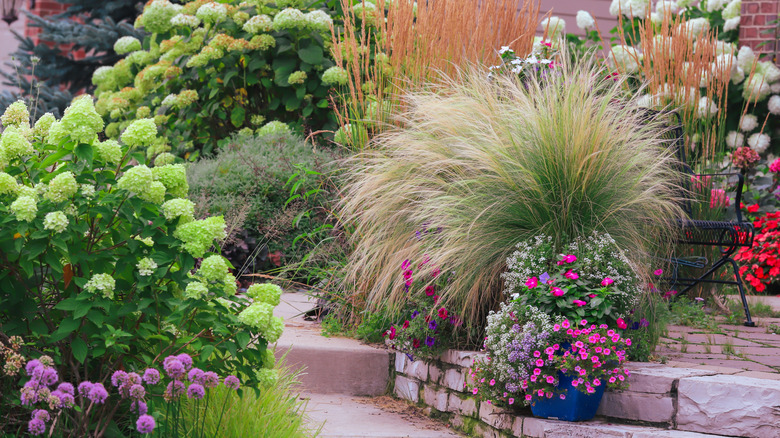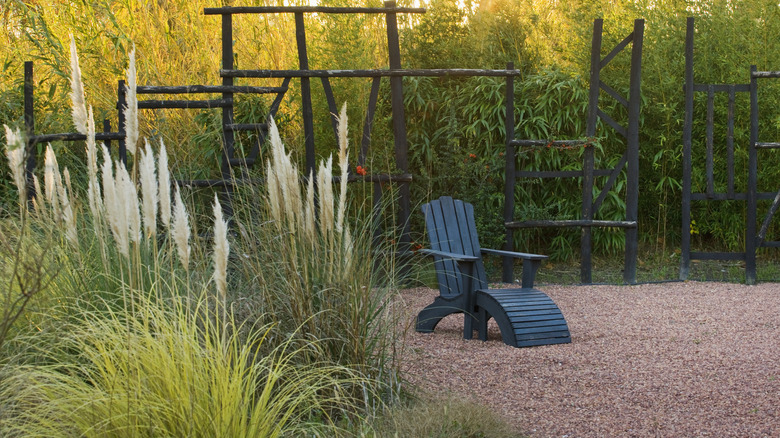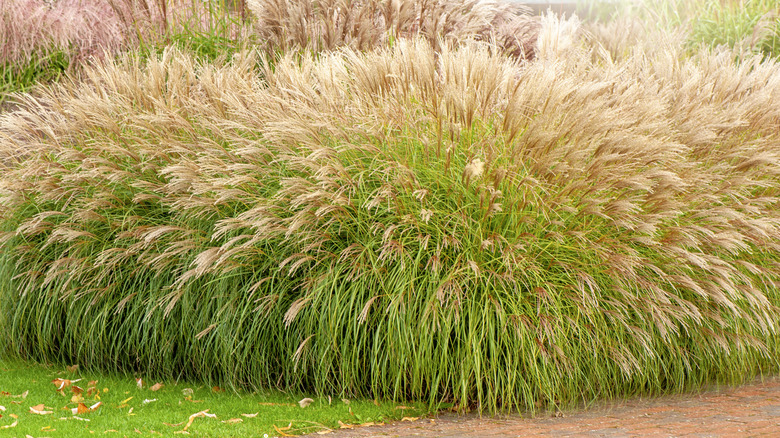Why You Should Consider Adding Ornamental Grass To Your Yard
We may receive a commission on purchases made from links.
There are dozens of ornamental grasses in the United States. There are just about as many reasons why you should consider adding ornamental grass to your yard. Ornamental grass can add both color and texture to your outdoor living space. They can be used to help create a no-mow yard, accent a cottage garden, or provide a focal point to help your small lawn look larger. Ornamental grass can also be an effective ground cover in different climates and each variety of ornamental grass also provides outstanding erosion control and other environmental benefits.
Most ornamental grasses can be planted from seeds, like Sow Right Lemon Grass seeds and others. Deciding which type of ornamental grass seed is right for your lawn, however, is contingent on a number of factors. Your geographic area, the purpose of the plants, when and if they bloom, and how large they grow are just a few of the considerations. You will also need to decide between clumping or spreading types and whether you want year-round growth or prefer something that goes dormant for part of the year. Knowing some of the main ways ornamental grasses are used, as well as their potential benefits can help you zero in on the right variety or varieties for your yard.
Ornamental grass is a low-maintenance way to add privacy to your yard
Planting ornamental grass is a simple trick to add more privacy and create barriers in your backyard. So, if you've seen signs that it's time to replace your fence or have decided the cost of building a privacy fence is too high, you should consider an ornamental grass. Fountain grass, reed grass, prairie cordgrass, and maiden grass are examples of varieties that grow in excess of 5 feet tall and can be used as effective, low maintenance, low cost barriers around the perimeter of your yard.
Ornamental grass is also an effective way to create barriers and transitions within your backyard. Those same, tall grass varieties can be used to create private sitting areas, cordon off a patio, hide unsightly utility boxes, and more. Shorter varieties such as blue fescue, blue oat grass, fiber optic grass, lemongrass, and others can be used to provide an aesthetic transition between areas of your lawn, as well as accented beds, gardens, and walkways. Water features such as garden ponds are also ripe for being ringed with various varieties of ornamental grass.
Many ornamental grass varieties are drought-resistant
Regardless of the manner in which you decide to use ornamental grass in your yard, incorporating it will provide a number of benefits. For one, since the majority of ornamental grass varieties have deep root systems, they are drought-resistant and need little extra watering. Since the taller varieties tower over lawn grass and ground cover, they will provide needed shade to these lower level plants during the heat of the day, which can reduce the amount of water they need as well. Those deep roots also help stabilize the soil and provide excellent erosion control.
Beyond their ability to withstand harsh weather conditions such as drought and high winds, they are resistant to most diseases and wildlife. Every variety of ornamental grass adds to the biodiversity of your backyard and provides habitat for birds and beneficial insects. Many types of ornamental grass are also effective attractants for various pollinators such as bees and hummingbirds, while others, such as lemongrass, are considered to be natural repellents for pests such as mosquitoes. Using a mixture of varieties will only enhance the environmental benefits of the ornamental grass in your yard.


